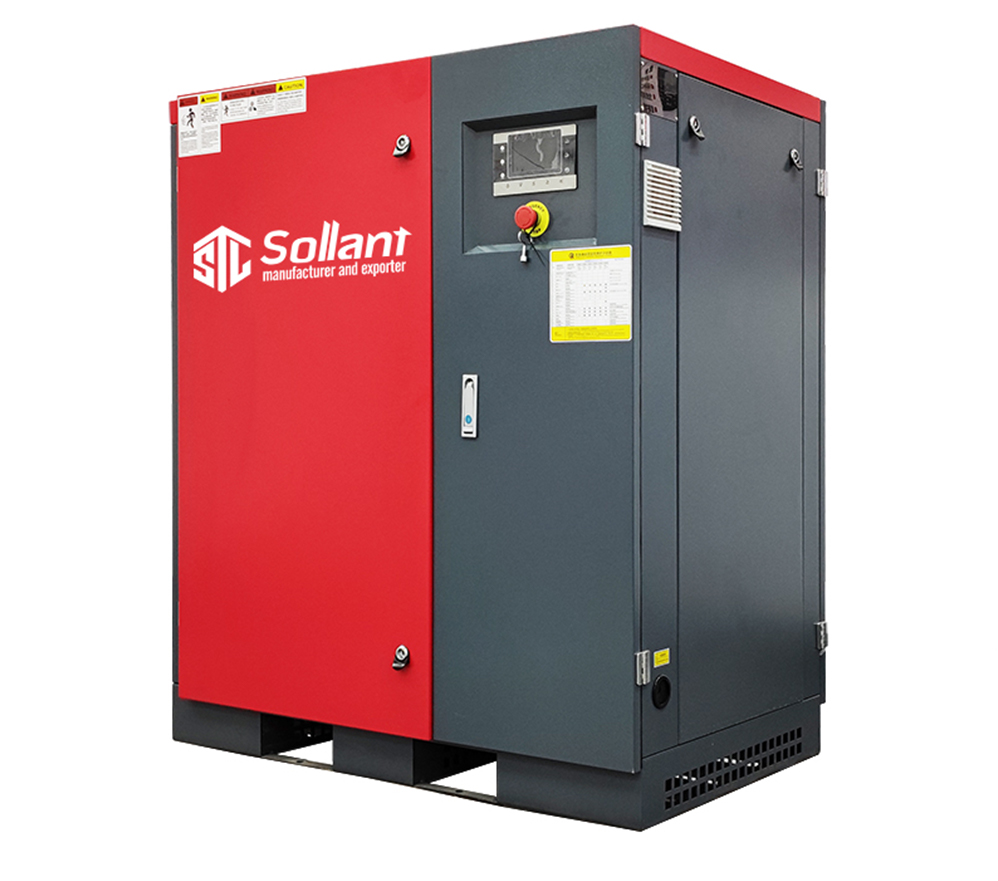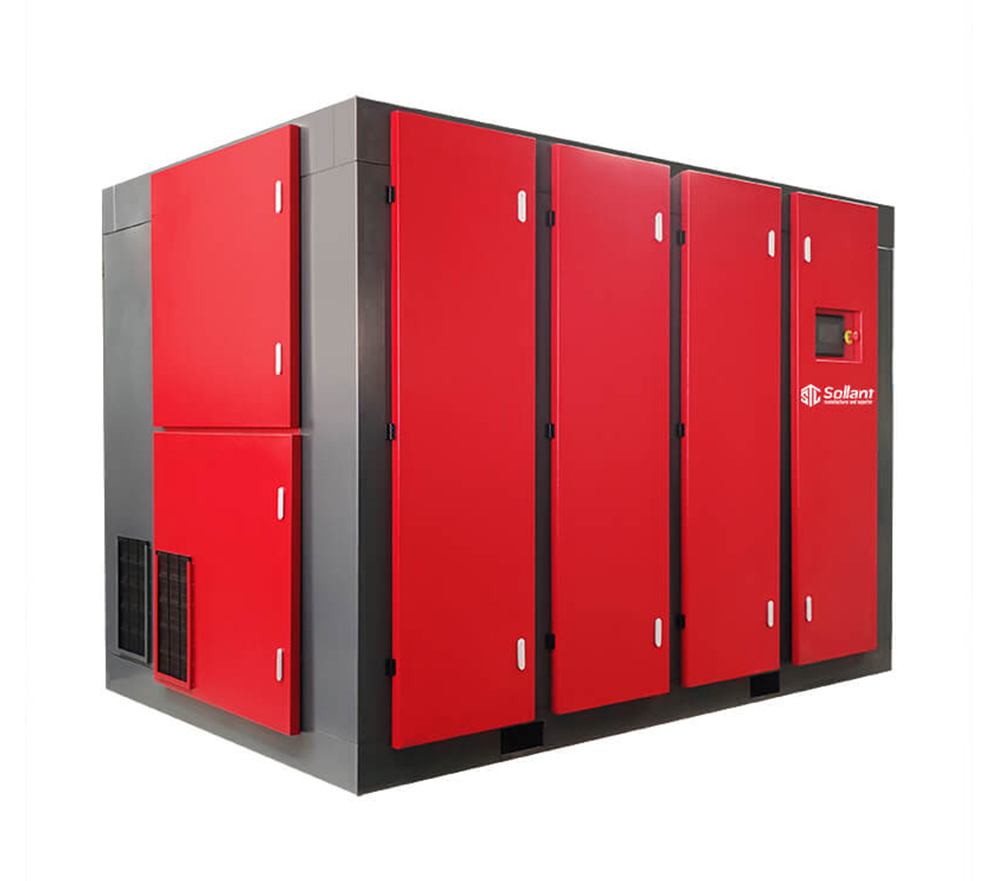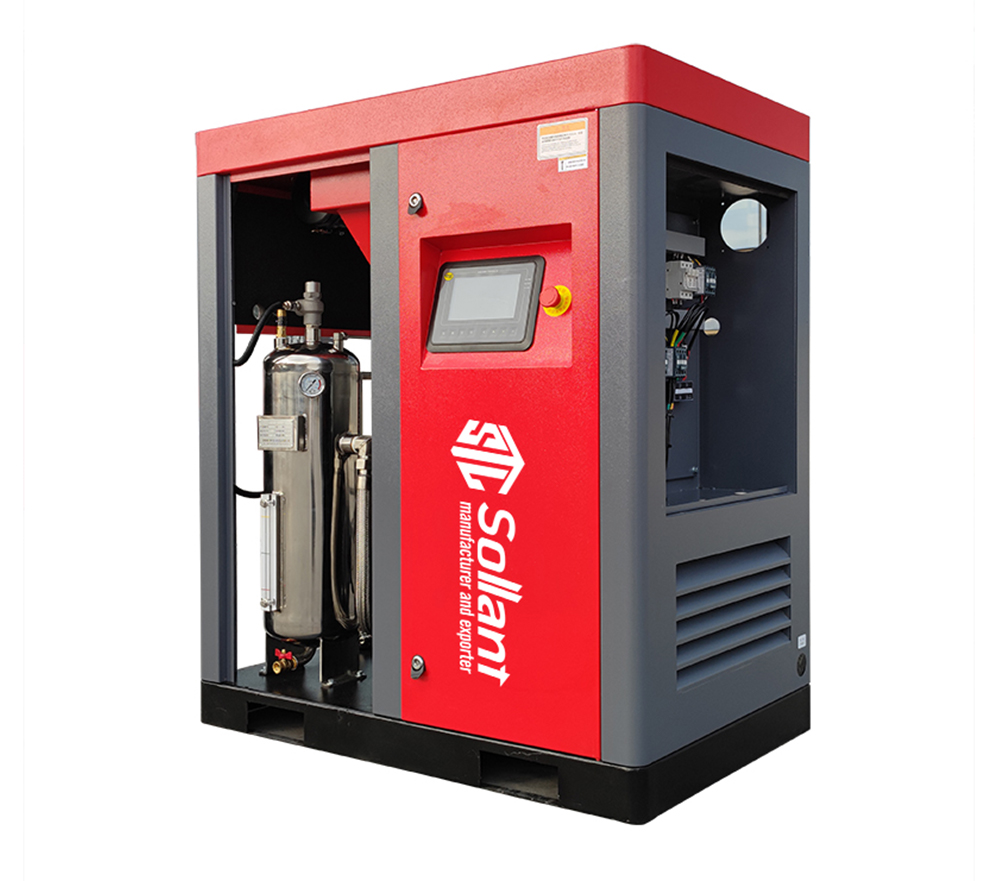Electronic
Air compressors are a vital part of multiple electronics manufacturing processes from printed circuit board (PCB) cleaning to desoldering.
Key applications of air compressors in the electronics manufacturing industry
In the modern electronics manufacturing industry, the compressed air system plays a key role like the human circulatory system, providing the necessary pure power source for various equipment and processes on the production line. From the manufacture of micron-level semiconductor chips to the assembly of precision electronic components, the quality and stability of compressed air directly determine the performance and yield of the final product. Unlike the traditional industrial field, electronic manufacturing has put forward almost stringent requirements for compressed air: it must maintain impeccable cleanliness (oil-free, water-free, particle-free), stable output with constant pressure, and continuous and uninterrupted supply guarantee.
The unique production environment of the electronics industry determines the special status of the compressed air system. In a semiconductor wafer fab, a micron-level dust can cause a chip worth tens of thousands of yuan to be scrapped; on the SMT mounting line, a slight fluctuation in air pressure may cause a deviation in the mounting of precision components; in precision testing equipment, oil-containing air may cause the optical sensor to fail. Therefore, compressed air has changed from a simple power source to a core element affecting product quality, and its importance is no less than any key production equipment.
As electronic manufacturing processes move towards nano-level precision, the requirements for compressed air systems are also increasing. In the manufacturing process of modern high-end chips, compressed air needs to meet the oil-free standard of ISO 8573-1:2010 Class 0, the dew point temperature needs to be stably controlled below -70°C, and the particle filtration accuracy needs to reach 0.01 micron level. These stringent requirements drive the continuous breakthrough and innovation of air compression technology to meet the growing technical needs of the electronic manufacturing industry.
Core application scenario analysis
Semiconductor manufacturing field
Semiconductor production is the field with the highest requirements for compressed air in the electronics industry, running through the entire process from wafer preparation to chip packaging and testing:
Wafer preparation link: Compressed air mainly undertakes the task of environmental control at this stage, and creates a stable environment for silicon wafer growth by precisely controlling the temperature and humidity parameters in the clean room (temperature controlled at 22±0.5°C, humidity 45±3%). High-purity compressed air systems can effectively prevent oxidation and contamination of the wafer surface and ensure the high purity characteristics of the substrate. In advanced processes, compressed air is also used to drive precision manipulators to complete wafer transfer in a Class 1 clean environment to avoid contamination introduced by manual operation.
Lithography and etching process: In this core process, compressed air plays multiple key roles. On the one hand, it provides power for the pneumatic precision positioning system to ensure that the wafer stage of the lithography machine achieves nanometer-level movement accuracy; on the other hand, ultra-clean dry air (dew point below -70°C) is used to protect the laser optical system and prevent energy attenuation caused by mirror fogging. In extreme ultraviolet lithography (EUV) technology, compressed air also needs to be specially treated to remove any trace hydrocarbons that may interfere with the optical path.
Cleaning and surface treatment: In the wet cleaning process, high-pressure oil-free air (5-7bar pressure range) is used in the air knife drying system to purge the liquid on the surface of the wafer in a laminar flow to avoid water stains. Compared with traditional spin drying, air knife drying can reduce particle generation and mechanical damage, and improve product yield. At the same time, in CVD (chemical vapor deposition) and PVD (physical vapor deposition) equipment, compressed air is used as a process protection air curtain to isolate the reaction chamber from the external environment.
Packaging and testing phase: During the chip packaging process, compressed air drives high-precision dispensing equipment to control the micro-dispensing of solder paste and packaging glue (accuracy up to 0.01ml). In the final test phase, a stable and clean air source provides power for the test probe station to ensure the consistency of the test pressure. Data shows that air pressure fluctuations exceeding 0.1bar will reduce the test yield by 2-3%, which shows the importance of stable air source.
PCBA and electronic assembly
In the field of printed circuit board manufacturing and electronic component assembly, compressed air also plays an indispensable role:
SMT automated production line: In modern surface mounting technology, compressed air drives the pick-and-place head of high-speed placement machines to complete the precise placement of more than 25,000 components per minute. Air pressure stability directly affects the placement accuracy. Pressure fluctuations exceeding 0.1bar will cause the placement of 0201 size components (0.6×0.3mm) to offset. At the same time, oil-free air provides power for the cooling system and pneumatic baffle of the reflow oven to prevent oil pollution on the board surface.
Precision spraying and dispensing: In the three-proof coating process of electronic boards, compressed air is combined with an airless spraying system to achieve uniform spraying of protective paint (thickness difference is controlled within ±5μm). In advanced production lines, permanent magnet variable frequency air compressors increase the utilization rate of paint to more than 95% through precise pressure control (fluctuation range ±0.05bar), significantly reducing production costs and VOC emissions.
Automated testing and aging: In the PCBA functional test phase, compressed air drives the pneumatic probe matrix to achieve multi-point synchronous testing; in the aging test, clean dry air provides the medium for the temperature control system to simulate various environmental conditions. The advantage of compressed air in this field is that there is no electromagnetic interference, ensuring the accuracy of the test signal.
Display panel and optical component manufacturing
The display panel manufacturing industry has second only to semiconductor manufacturing in terms of air quality requirements, which are mainly reflected in the following process links:
Glass substrate cleaning: In the production of large LCD panels (G8.5 and above), ultra-clean compressed air (Class 1 standard) is used for blowing and drying after substrate cleaning. Due to the increase in panel size, traditional contact drying is prone to micro scratches, and non-contact air knife drying has become the mainstream solution. Such systems require stable air flow (fluctuation less than 2%) and oil content less than 0.01mg/m³.
Optical coating process: In the OLED evaporation and optical coating process, compressed air powers the precision baffle system to control the deposition area of the evaporation material. At the same time, clean air with constant temperature and humidity maintains the stability of the coating room environment to avoid uneven film thickness caused by temperature and humidity fluctuations (temperature fluctuations of ±0.5℃ and humidity of ±3%) are required.
Laser cutting and engraving: In panel cutting and flexible circuit processing, compressed air is used as an auxiliary gas for laser cutting to improve cutting quality and efficiency. In precision pneumatic engraving, air bearing systems provide frictionless support to achieve nanometer-level motion accuracy. These applications require stable air pressure (usually 7-10bar) and no oil and particles that may contaminate optical components.






